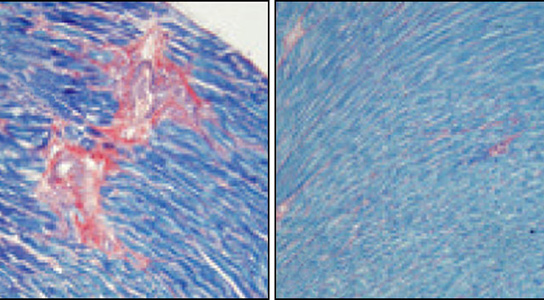
Heart tissue in mice is one of several types that benefit from more BubR1 protein. Mice with extra BubR1 have less cardiac fibrosis (pink, image on right) compared with controls (left). Credit: Adapted from D. J. Baker et al., Nature Cell Biology, Advance Online Publication (2012)
Scientists have discovered a protein that seems to protect animals from cancer and other deficiencies of old age, with no downsides. The research on protein BubR1 could offer clues on how protecting chromosomes can enhance health.
Cancer biologist Jan van Deursen at the Mayo Clinic in Rochester, Minnesota, and his colleagues published their findings in the journal Nature Cell Biology. The scientists were first interested in aneuploidy. Aneuploid cells have too few or too many chromosomes, and nearly all cancer cells fall into this category. It’s not clear whether cancer causes aneuploidy or whether aneuploidy causes cancer. The scientists engineered mice to produce less BubR1, a protein that helps cells segregate their chromosomes when they divide. The reduction of BubR1 resulted in chromosomes being unable to properly separate into identical daughter cells, leading to some cells having an incorrect number of chromosomes.
To their surprise, the animals aged very quickly instead of developing cancers. Adding intrigue is an extremely rare human condition caused by mutations in the BubR1 gene. Patients with the disease, mosaic variegated aneuploidy syndrome, age prematurely and have an elevated risk of cancer. Too little BubR1 seems to be bad news.
The new study suggests that genetically engineered mice that make extra BubR1 are less prone to cancer. The scientists found that when normal mice are exposed to a chemical that causes lung and skin cancer, they get cancer. But only 33% of those overexpressing BubR1 got cancer. These animals also developed fatal cancers much later than normal mice. After 2 years, only 15% of the engineered mice had died of cancer compared to roughly 40% of the normal mice.
The animals that overexpressed BubR1 also lived 15% longer than control animals and could also run twice as far as the control animals. Researchers wonder why having out-of-order chromosomes might accelerate aging and some suggest that both very low and very high aneuploidy can protect from cancer, perhaps because highly aneuploid cells are so damaged they don’t have the ability to quickly divide. Although aneuploidy seems less desirable, studies in the literature haven’t been consistent about its effects on animals.
More research needs to be done, but for now, there’s hope that van Deursen’s group may have identified a new drug target to slow aging, and possibly prevent cancer. Currently, there have been no adverse effects identified with having BubR1 overexpressed.
Reference: “Increased expression of BubR1 protects against aneuploidy and cancer and extends healthy lifespan” by Darren J. Baker, Meelad M. Dawlaty, Tobias Wijshake, Karthik B. Jeganathan, Liviu Malureanu, Janine H. van Ree, Ruben Crespo-Diaz, Santiago Reyes, Lauren Seaburg, Virginia Shapiro, Atta Behfar, Andre Terzic, Bart van de Sluis and Jan M. van Deursen, 16 December 2012, Nature Cell Biology.
DOI: 10.1038/ncb2643


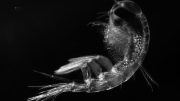


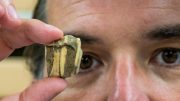
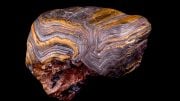
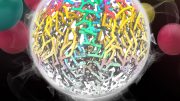

Aging quickly or Aging very late are the two phenomenas studied with BubR1 protein which causes the chromosomes to separate. Both are good as far as the cytological process is concerned. The cancer cells should age quickly to die so as to make apoptosis and normal cells should live long for longevity. Moreover we should not forget that curtailment of telomeres systematically during cell division results in losing in terminal stage stop genes which prompts the infinite growth at the end of its aging so as to produce cancer. Thus cancer is the normal culmination process of aging even without any radiation hazards which we may experience on earth. All the earth bound radiation and carcinogenic chemicals exposure ends in early mutation of genes to produce cancer. Aneuploidy and Polyploidy are the bundling of chromosomes into one or more than two in number which may result in more genes expressing their good traits during mitosis. Thank You.
Good news in cancer research is always a big plus. It’s only a matter of time because someone ‘cracks the code’. Good luck with your continued research – I hope it produces positive results in humans.